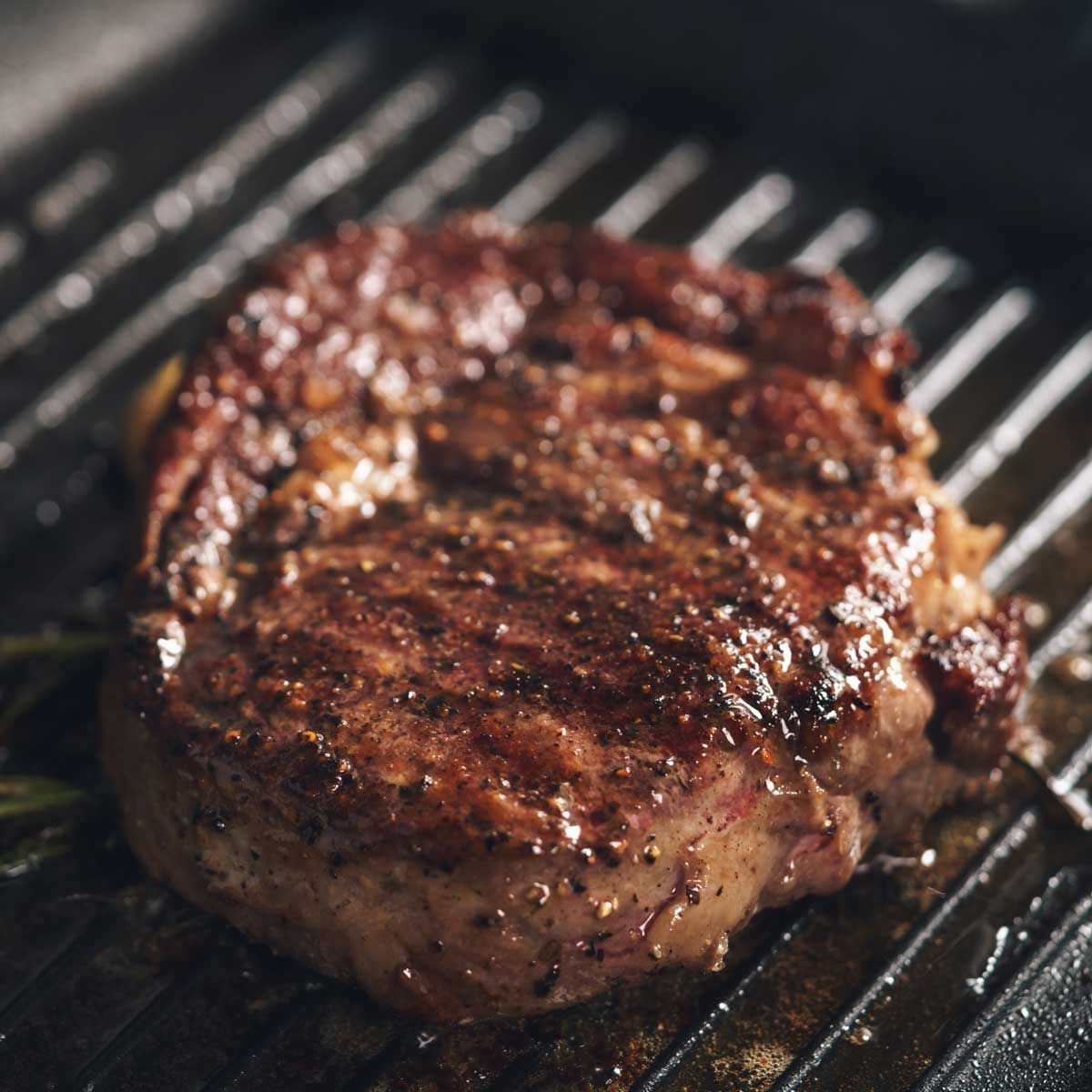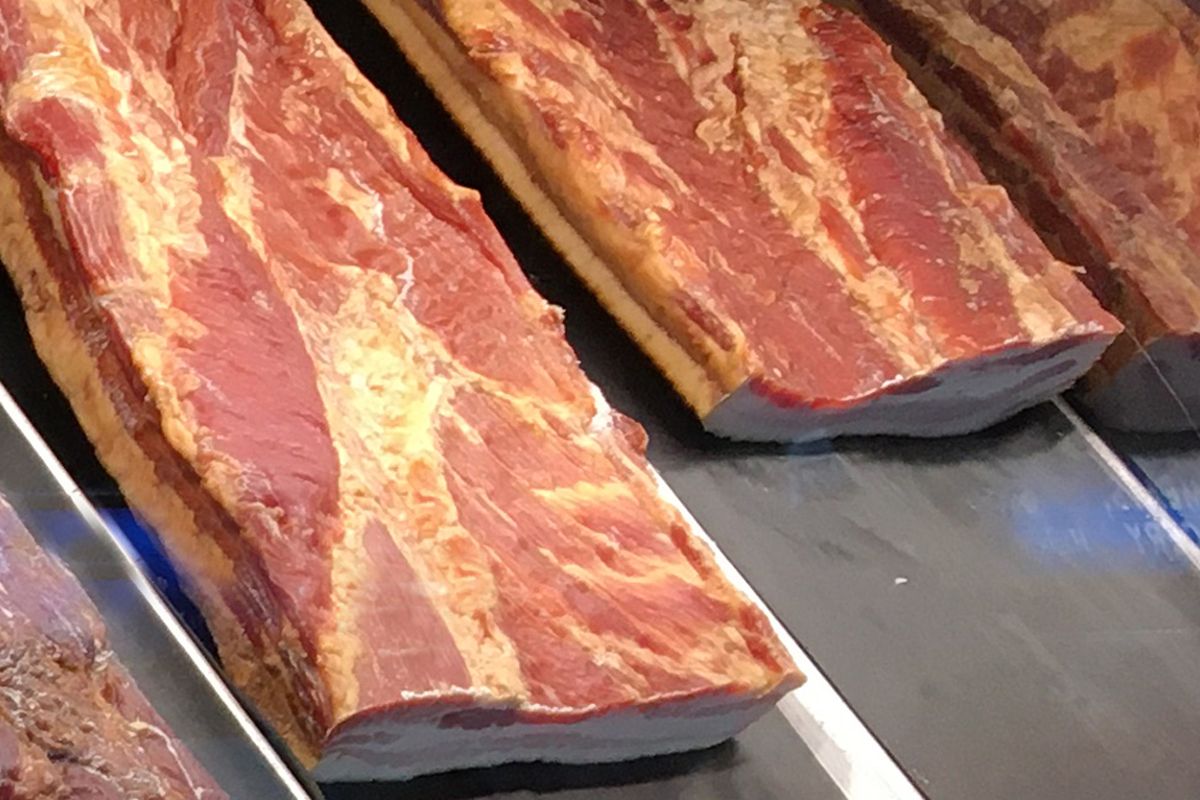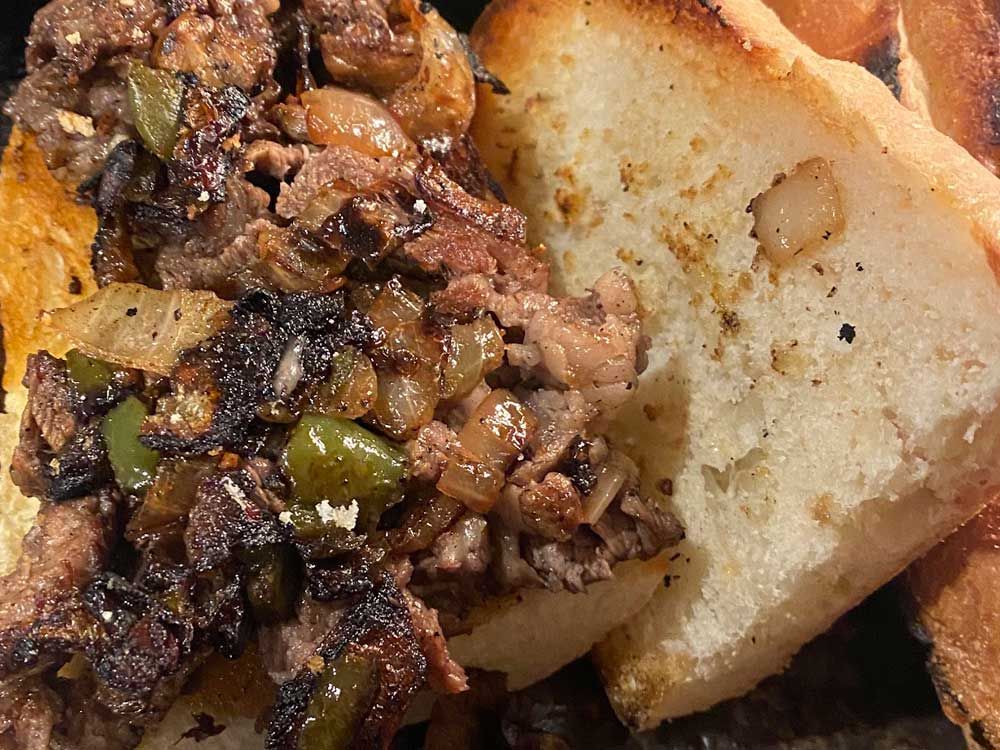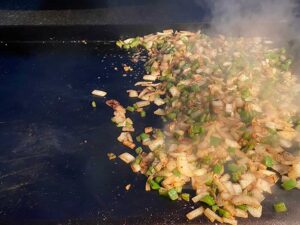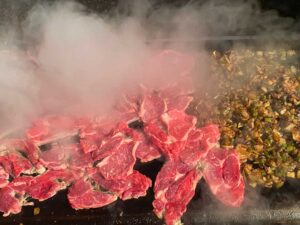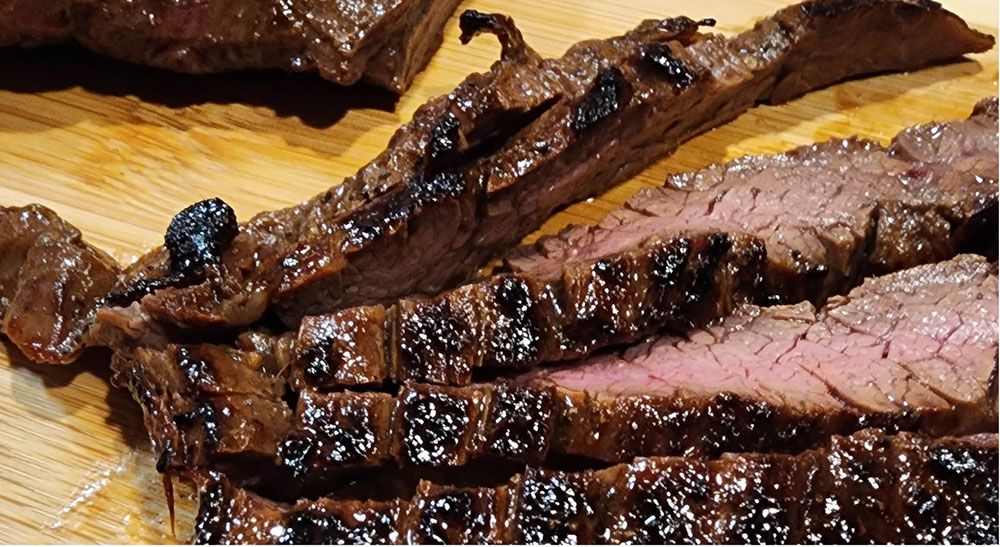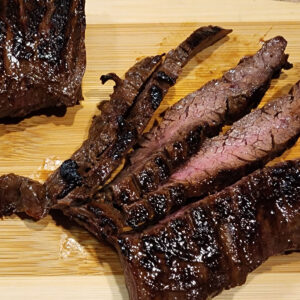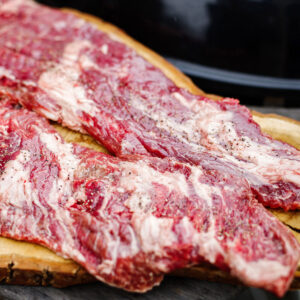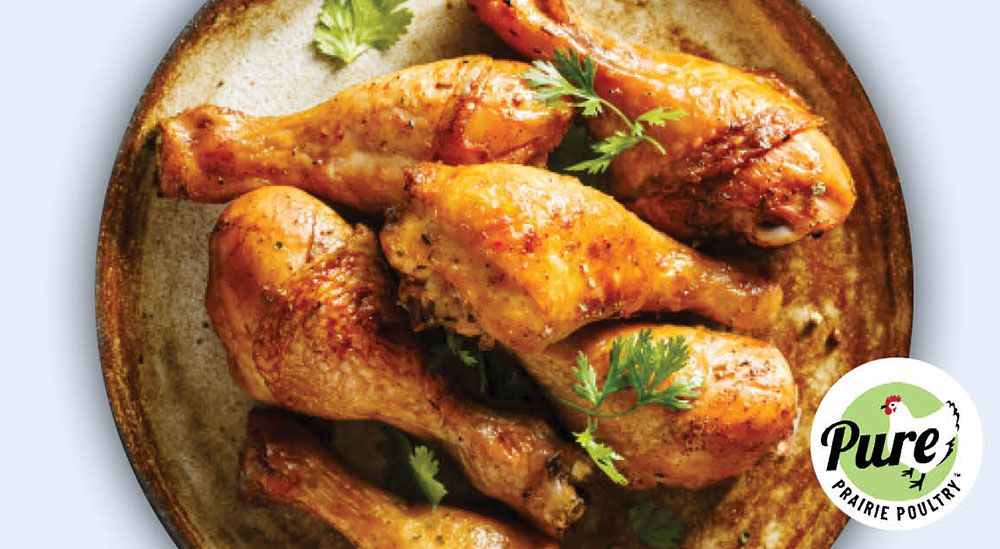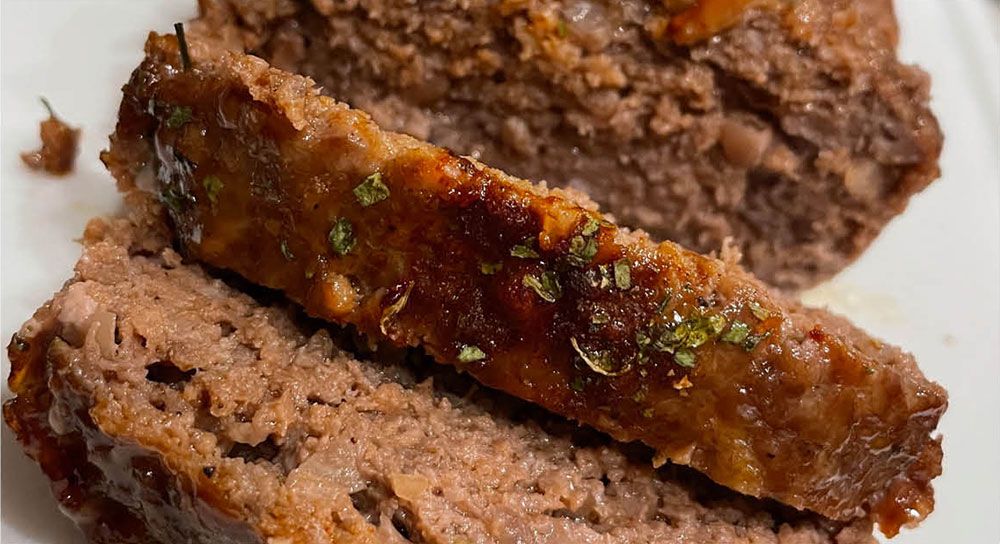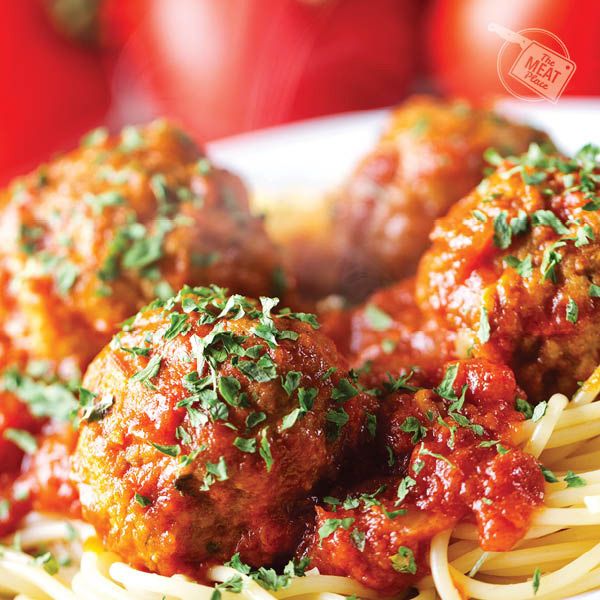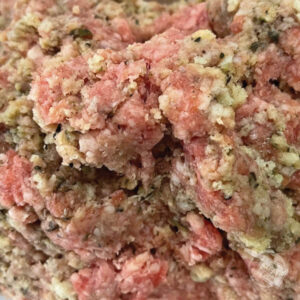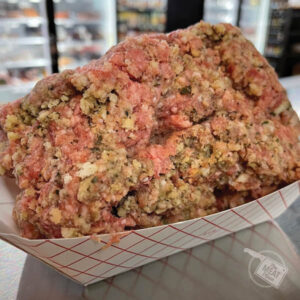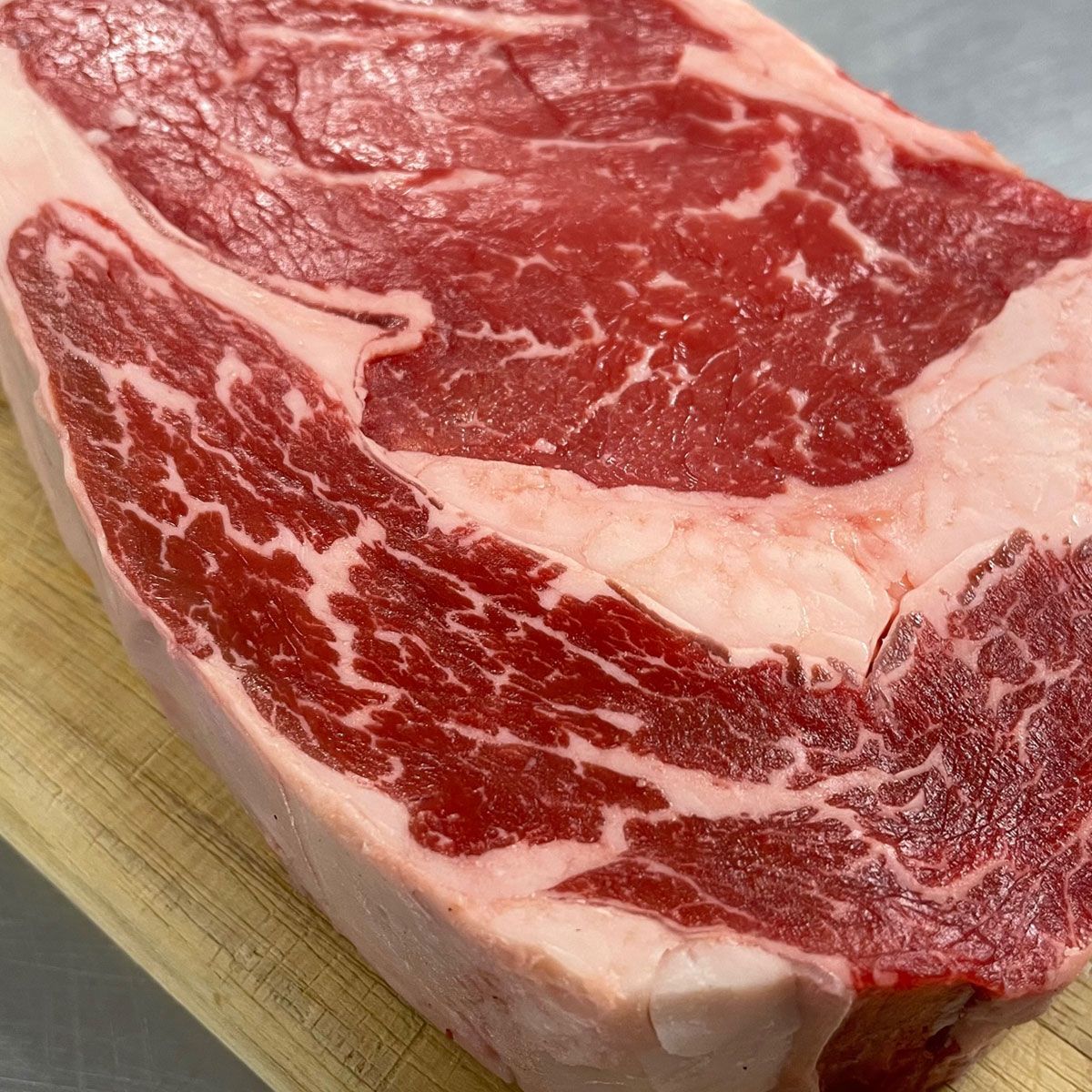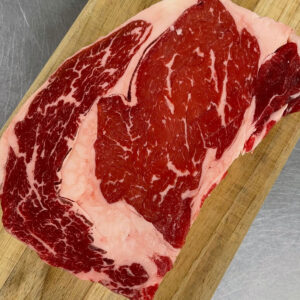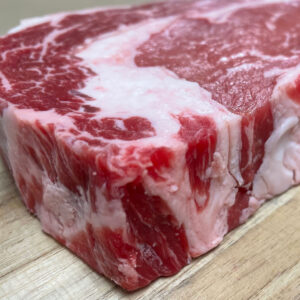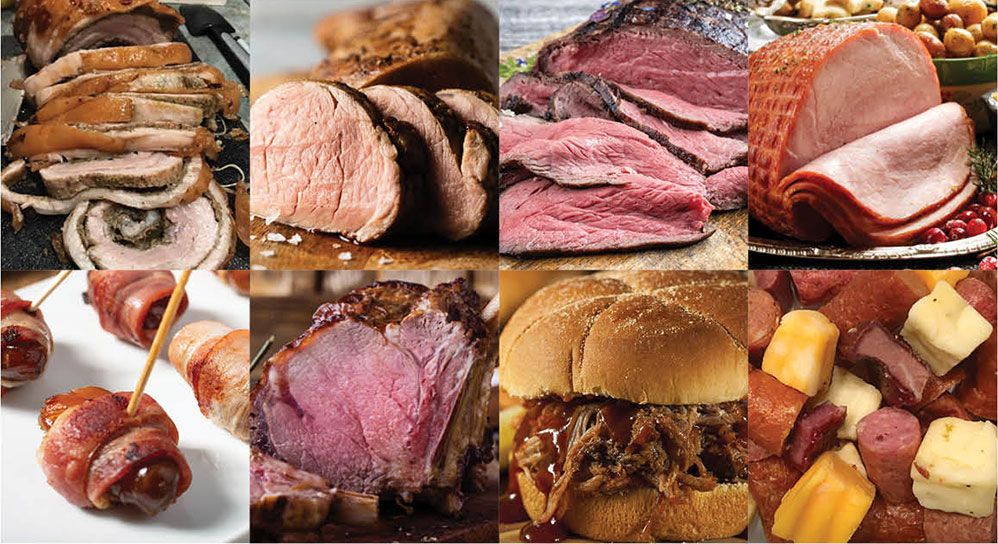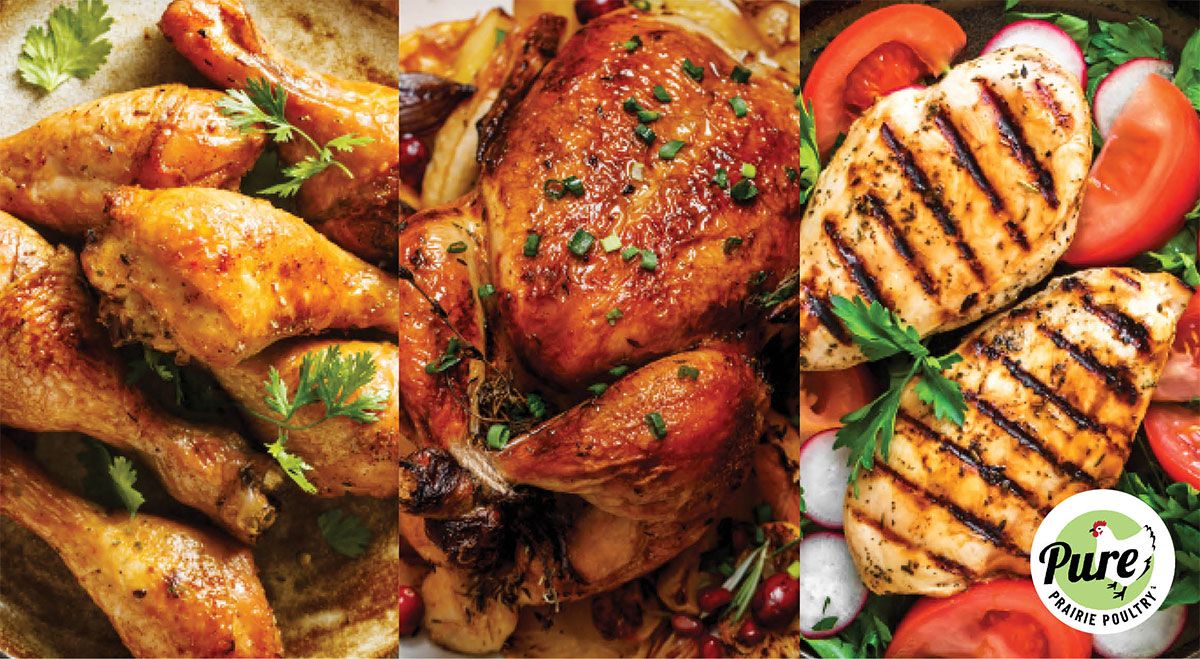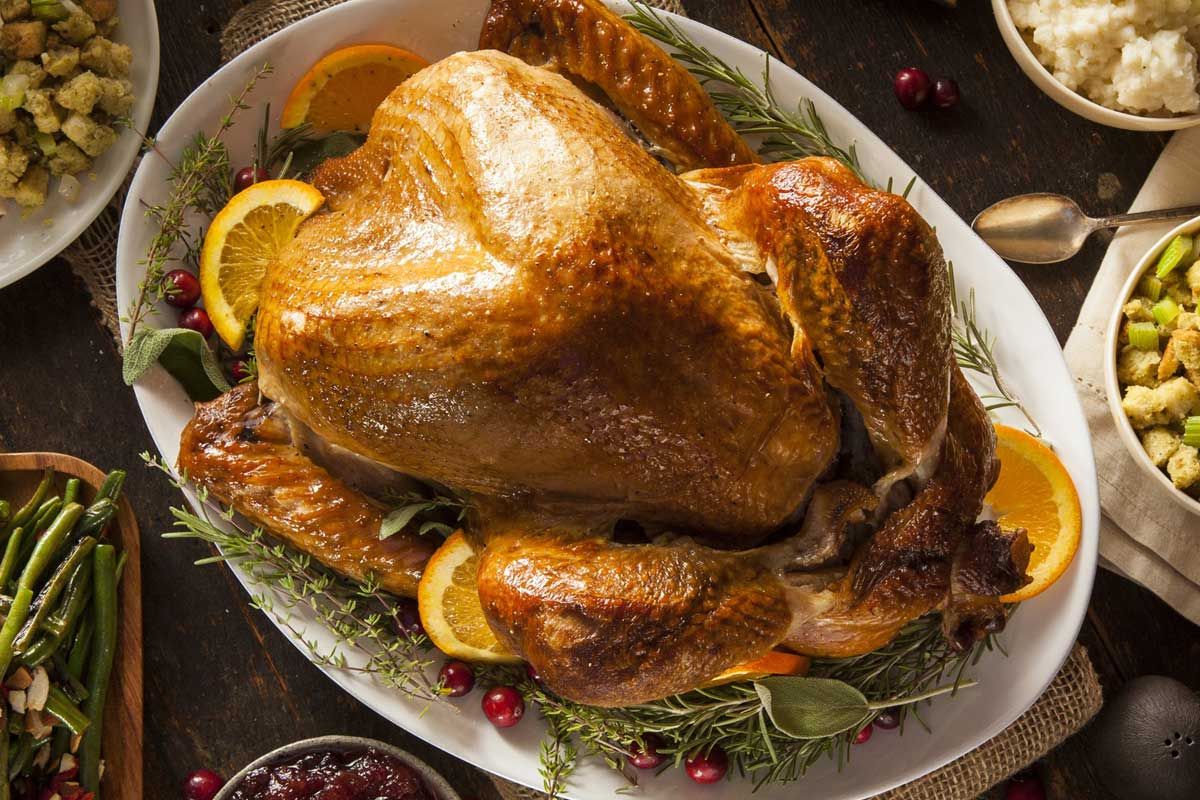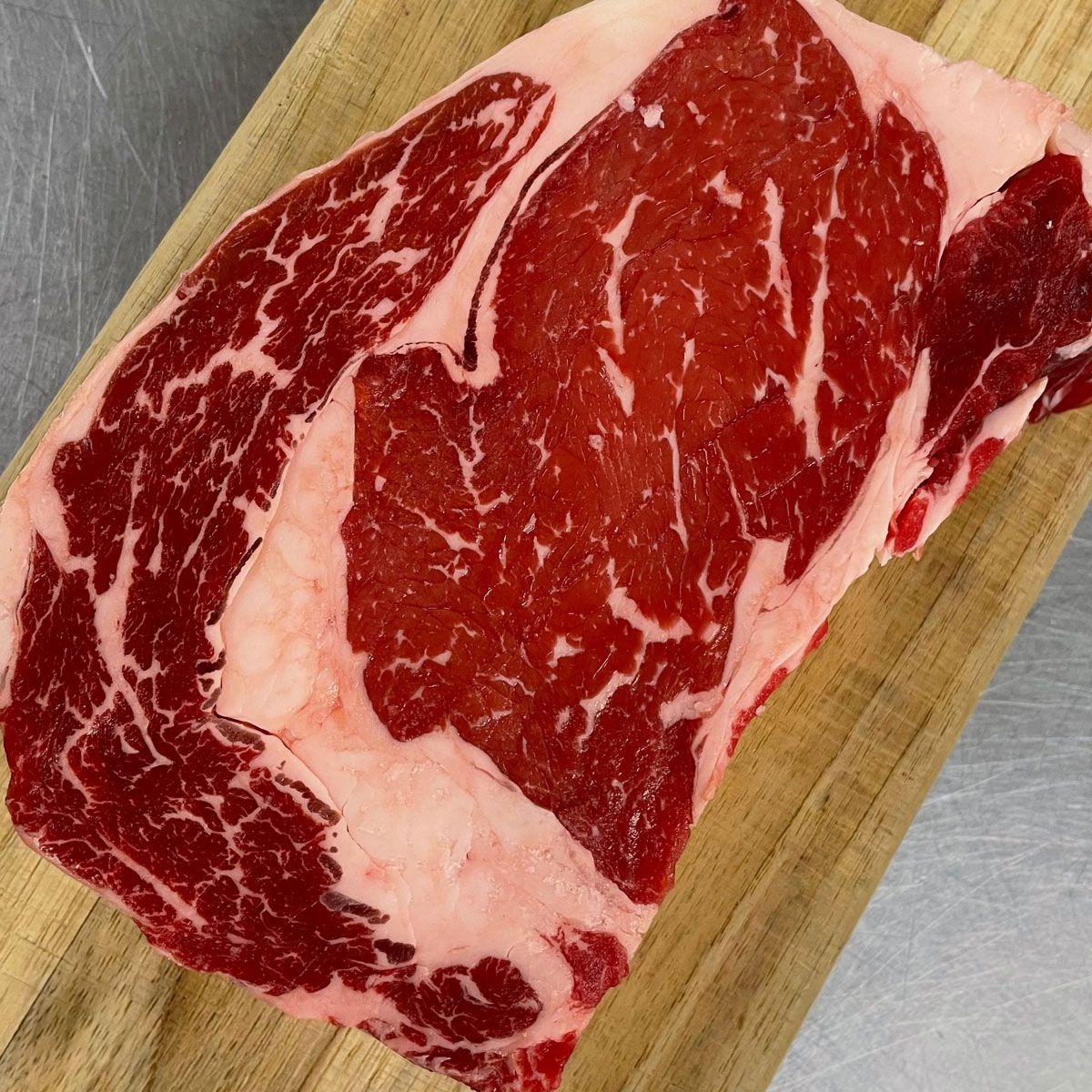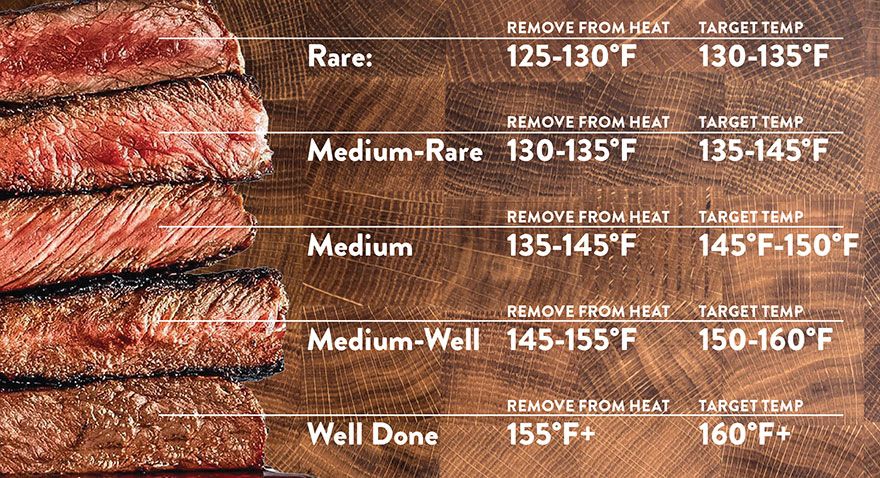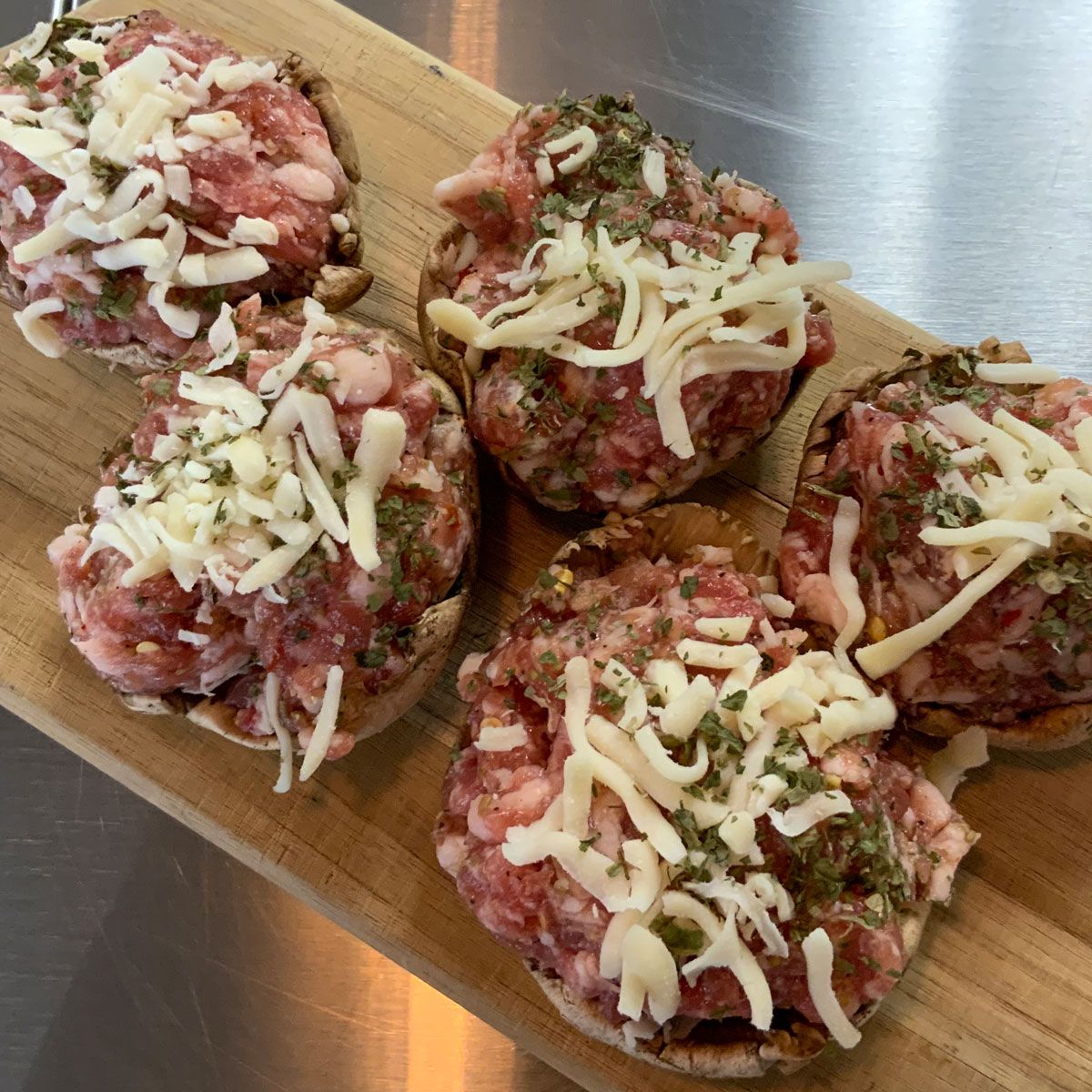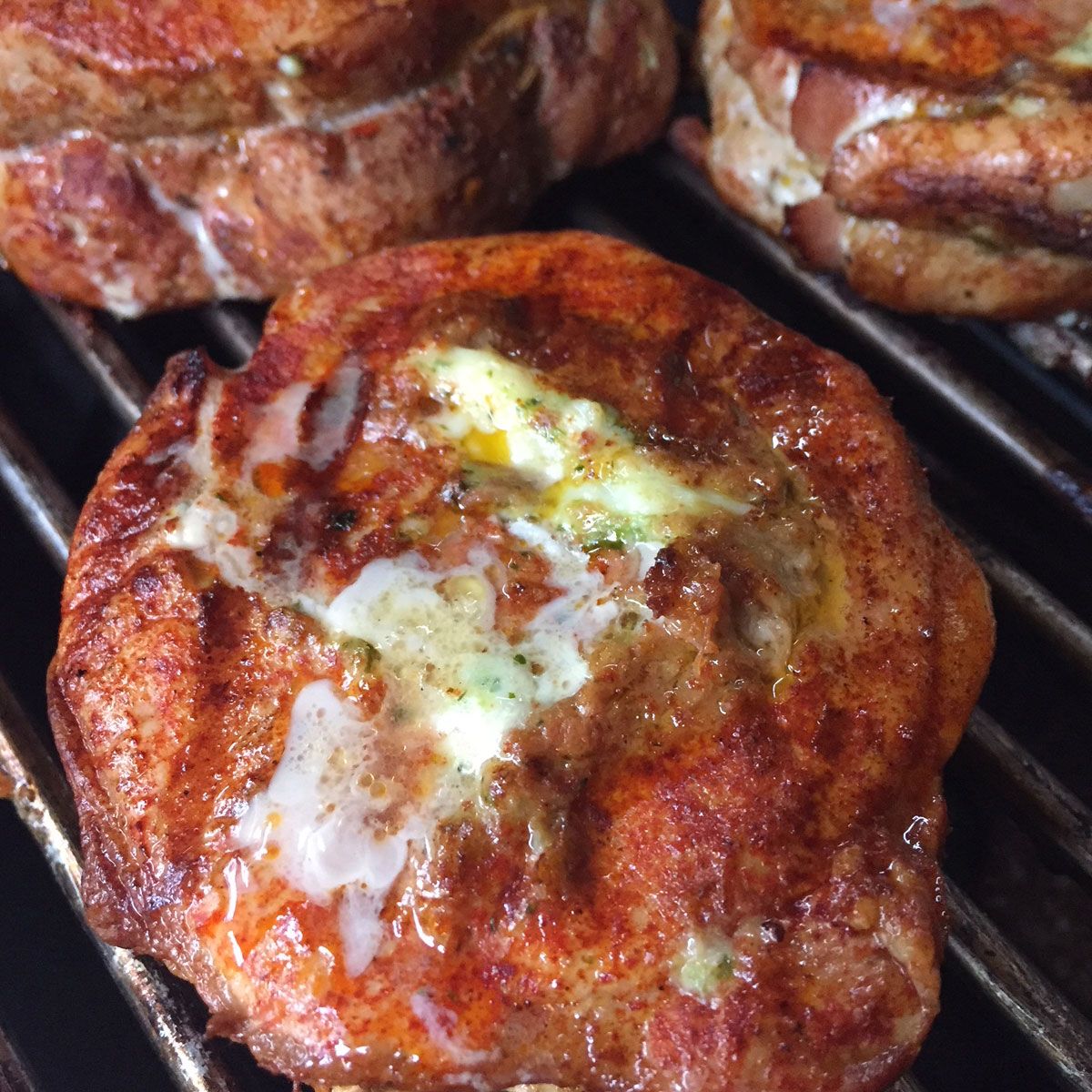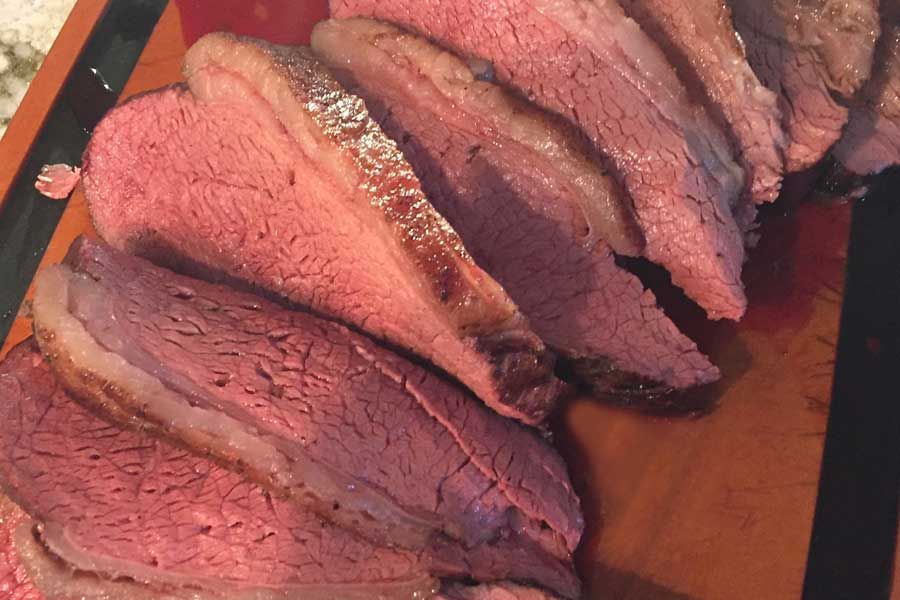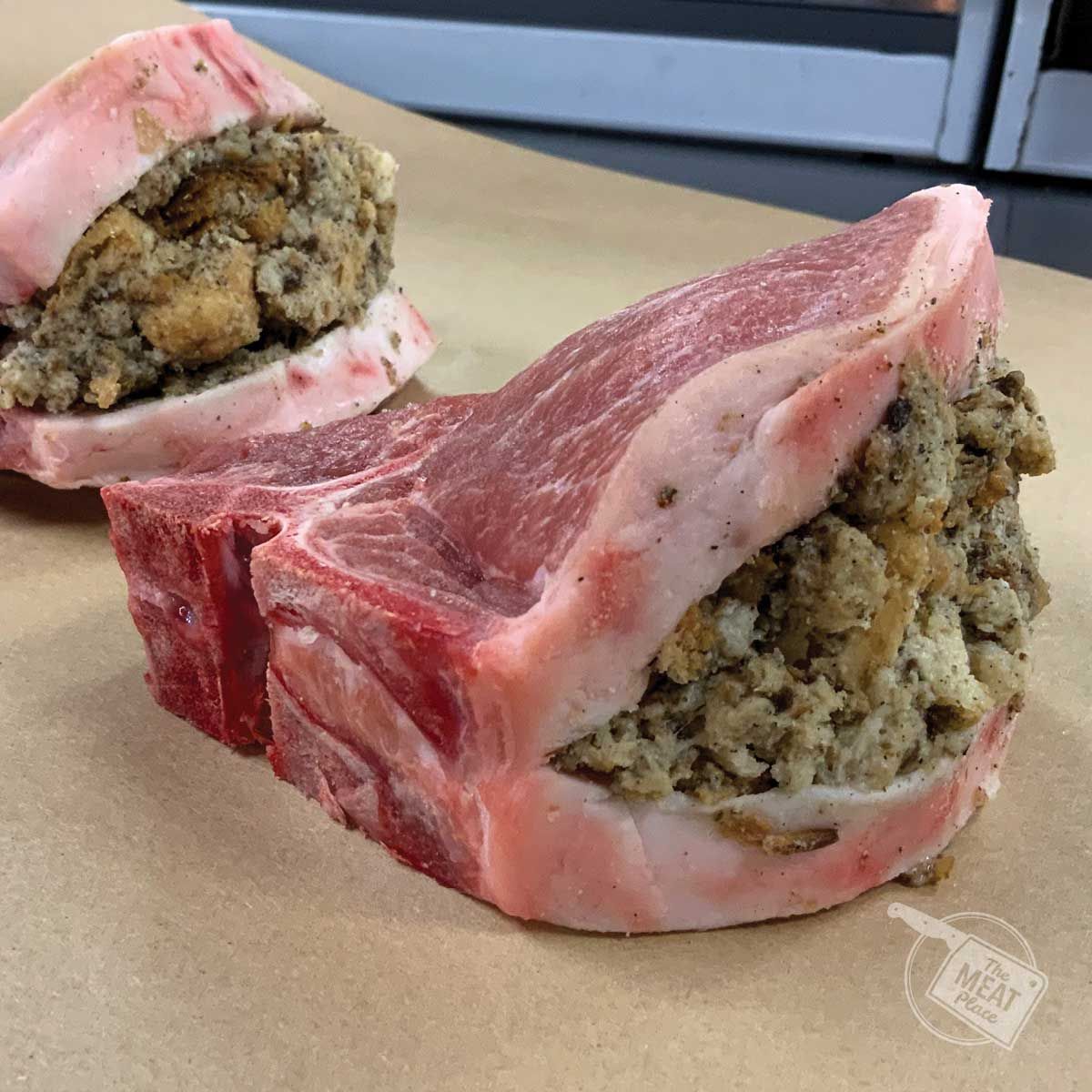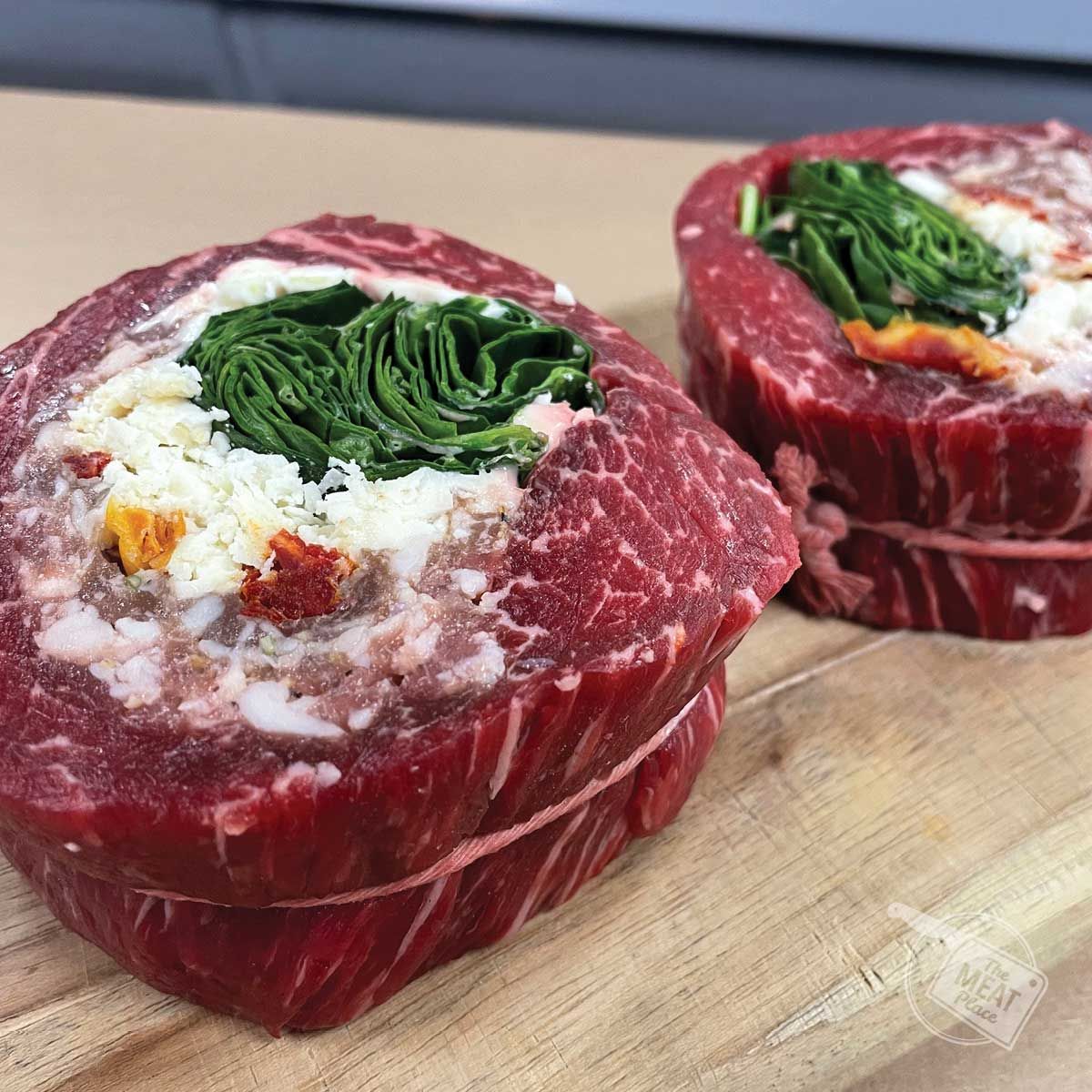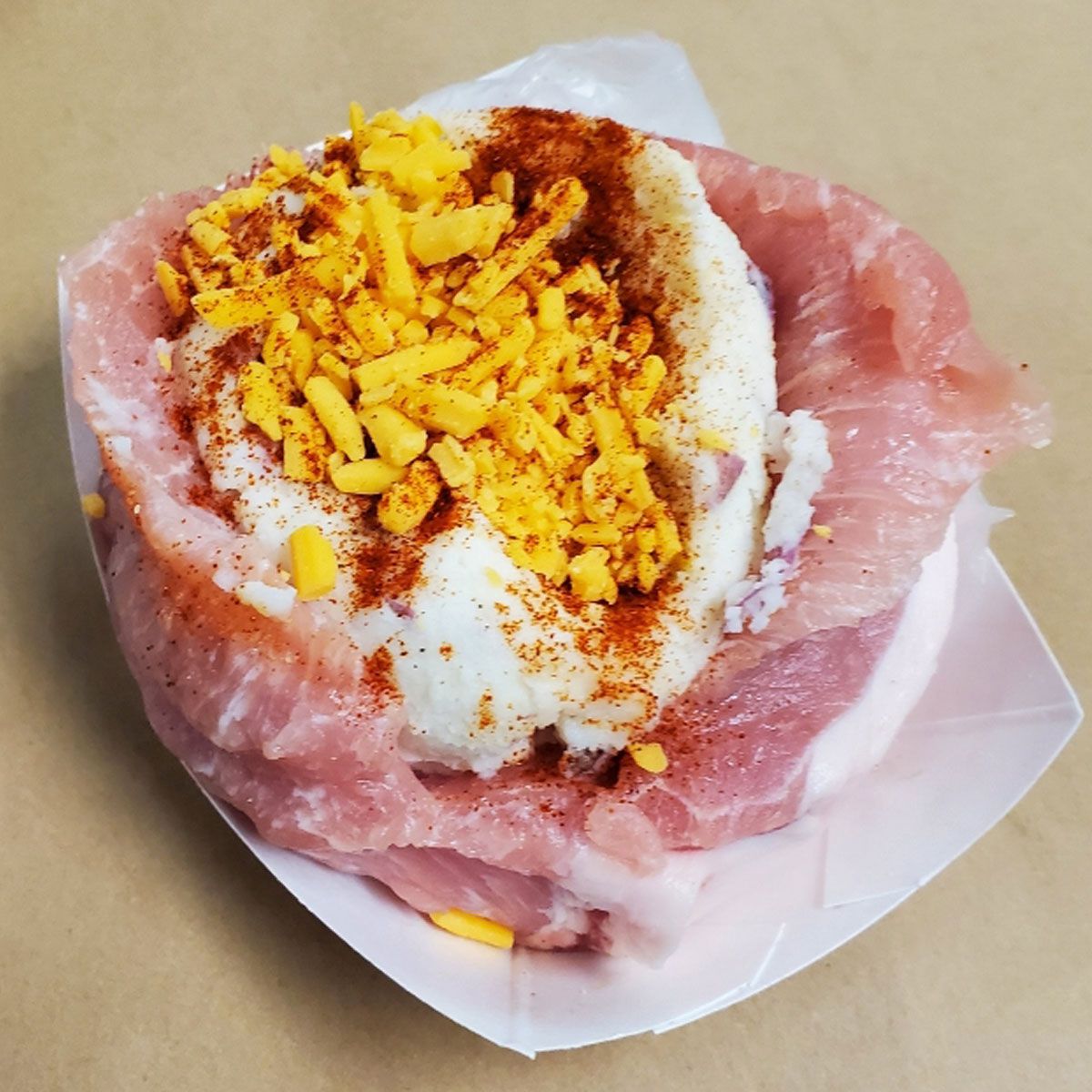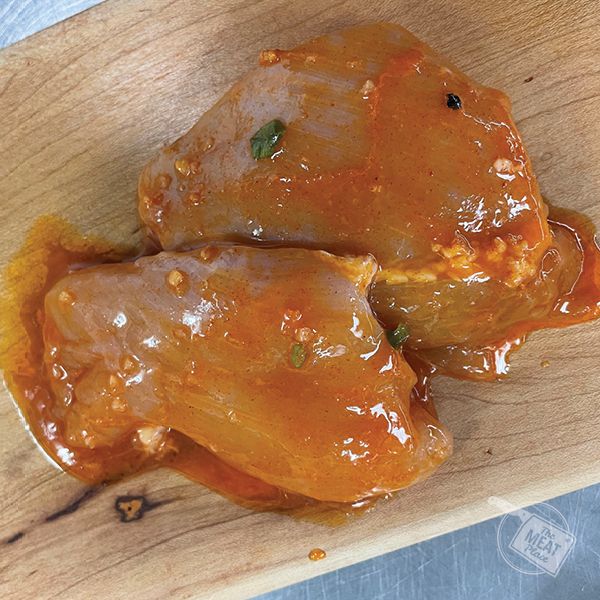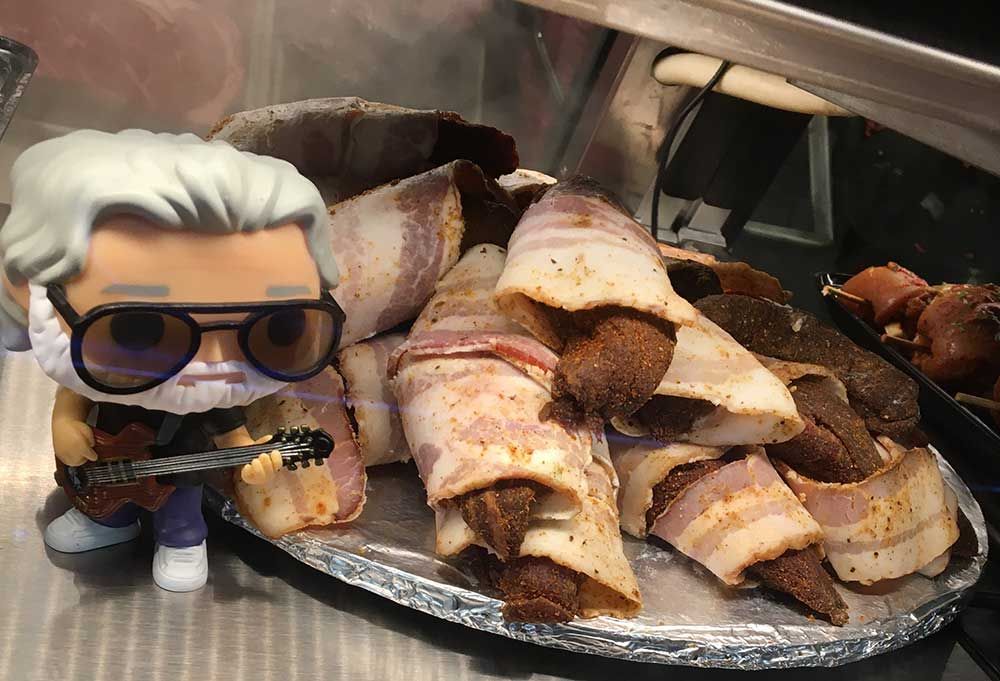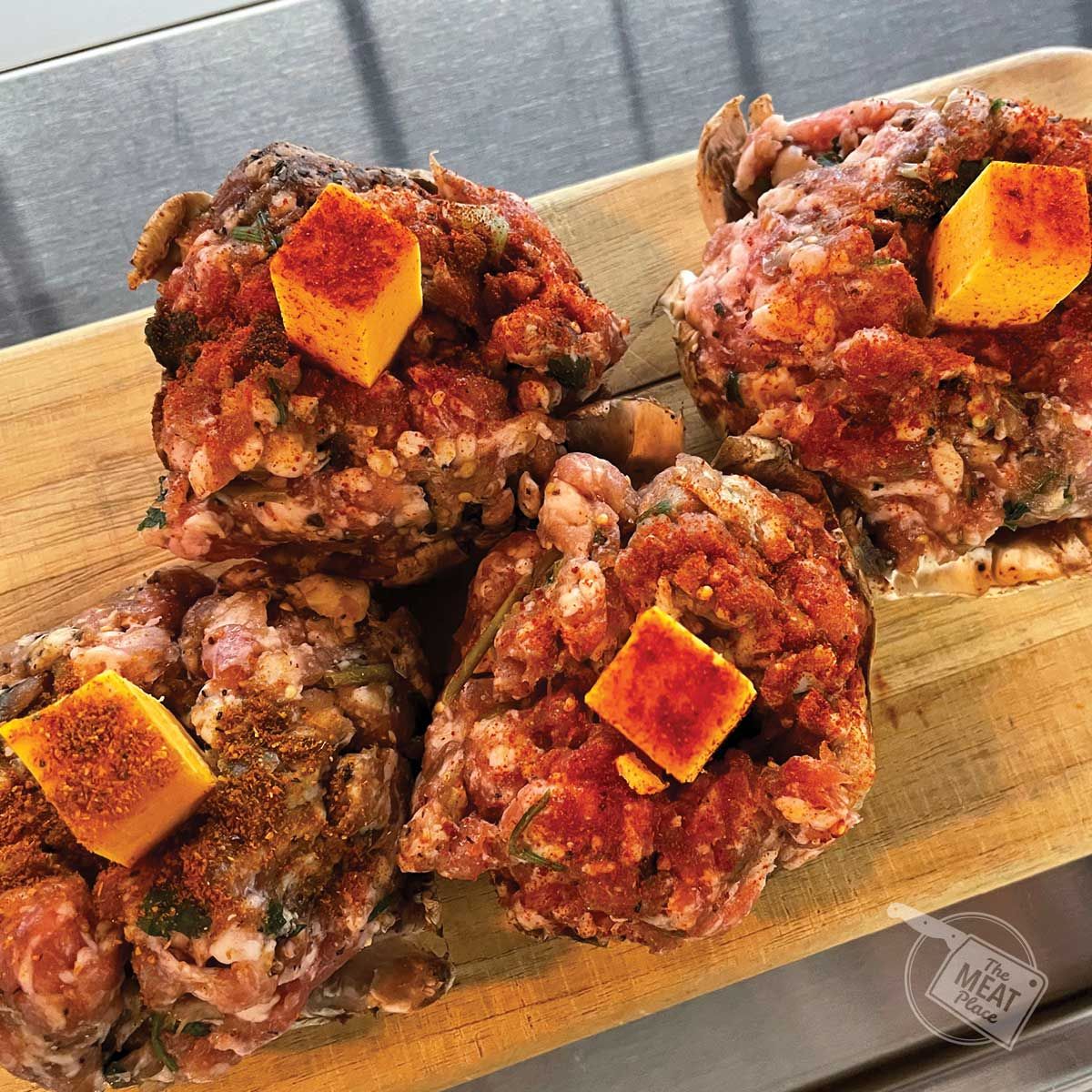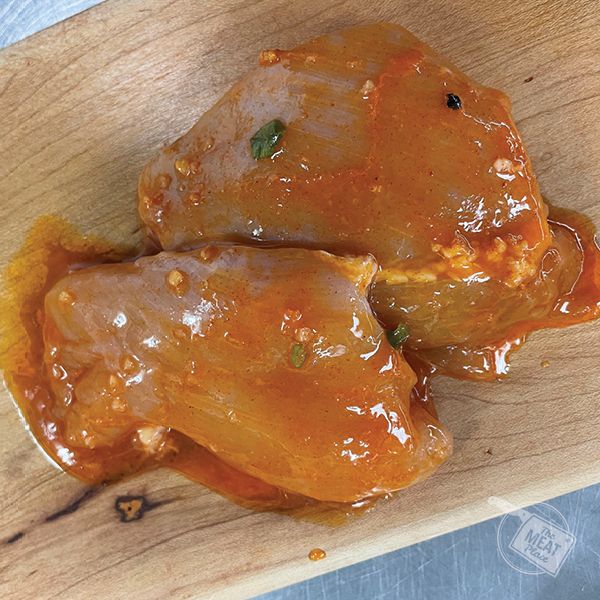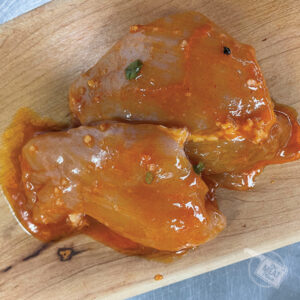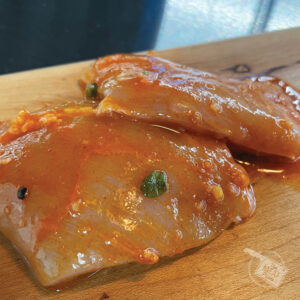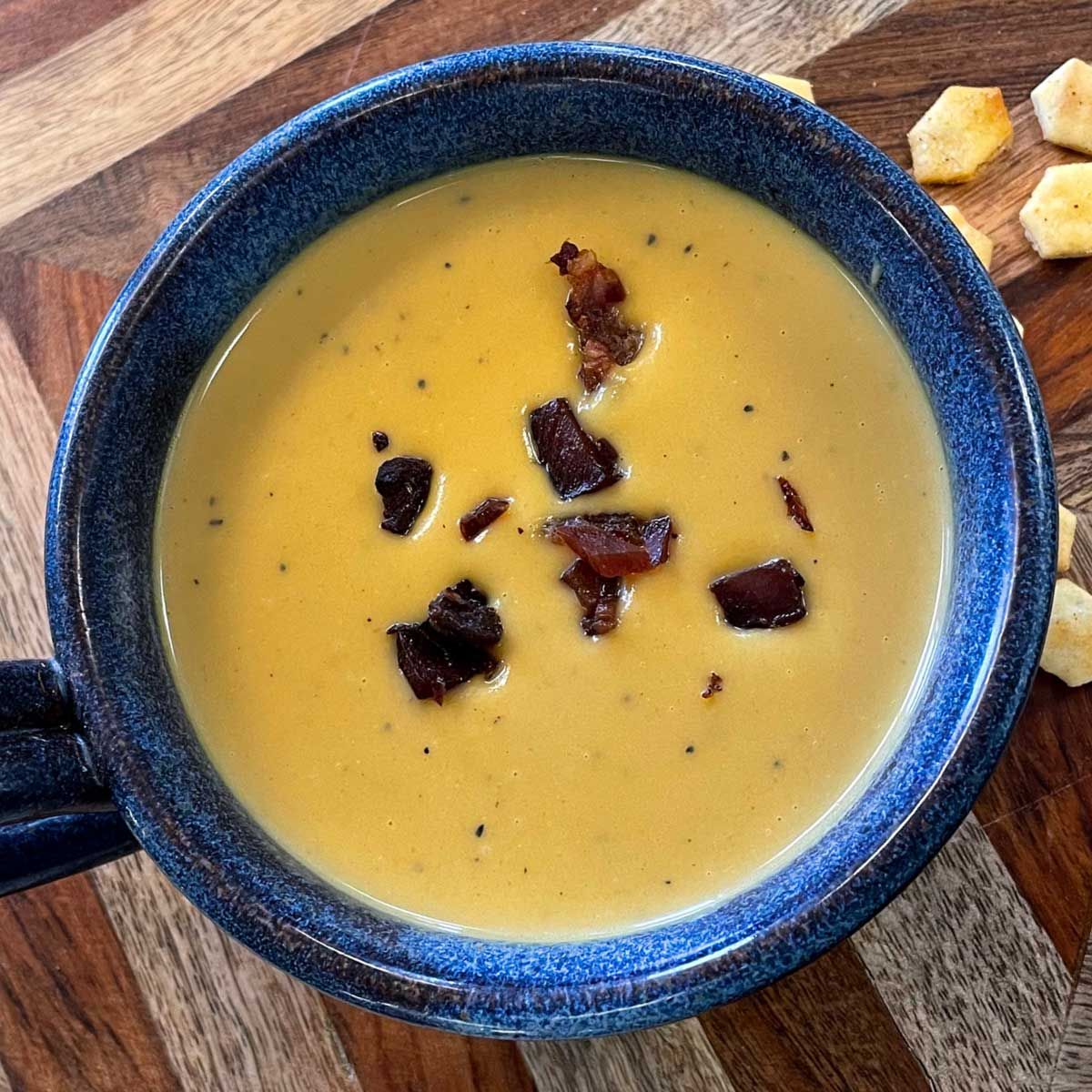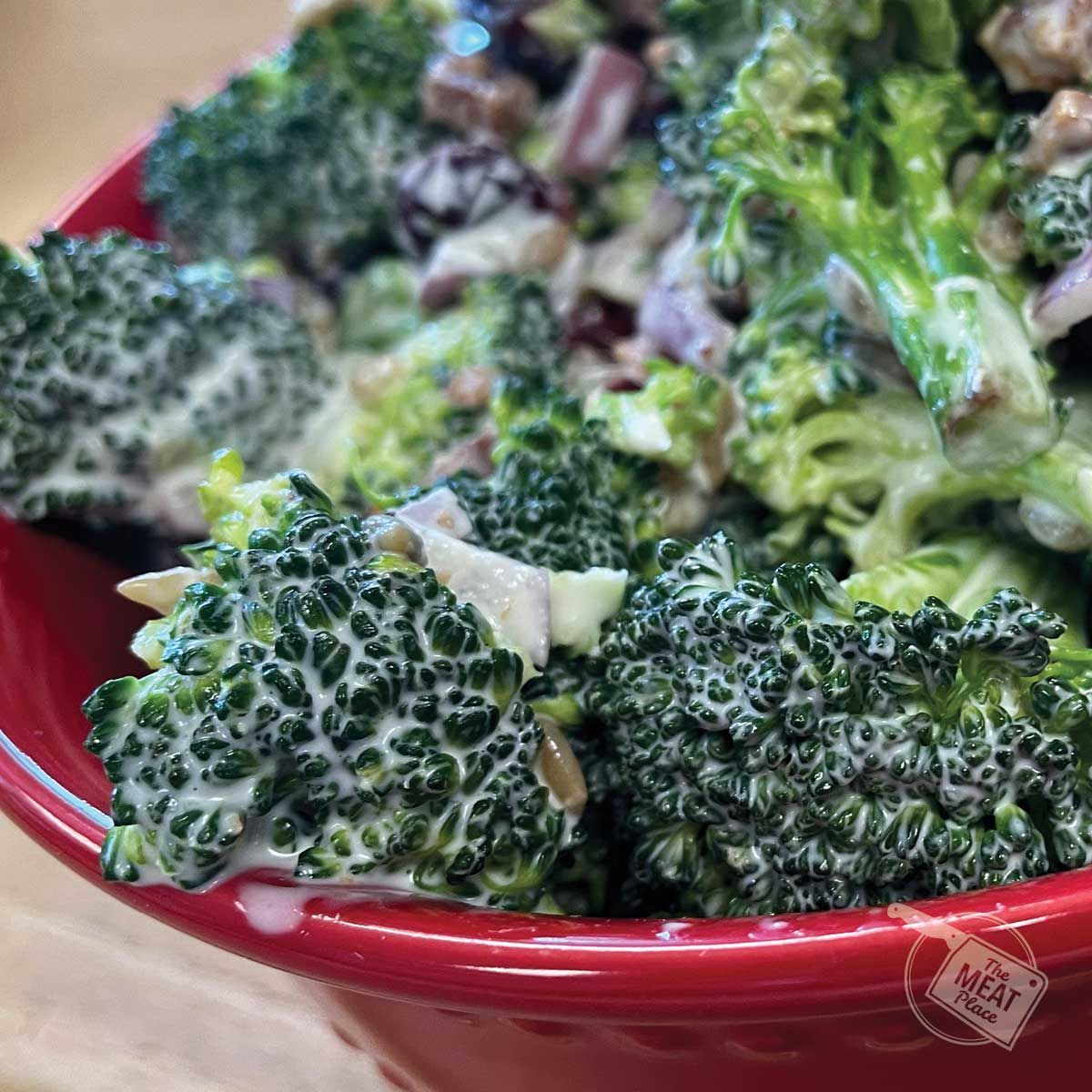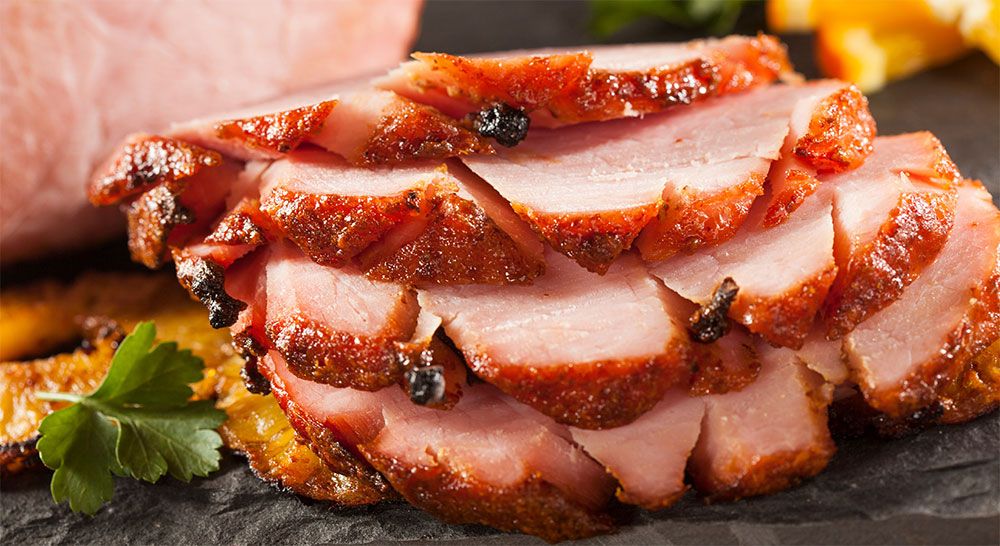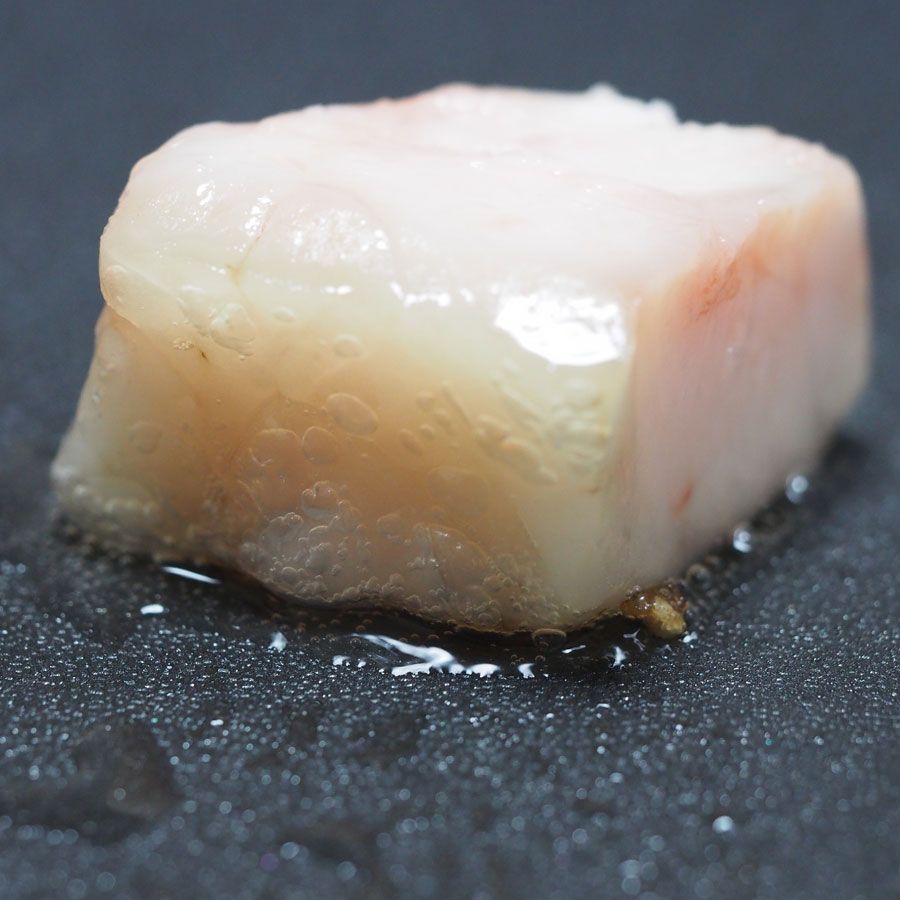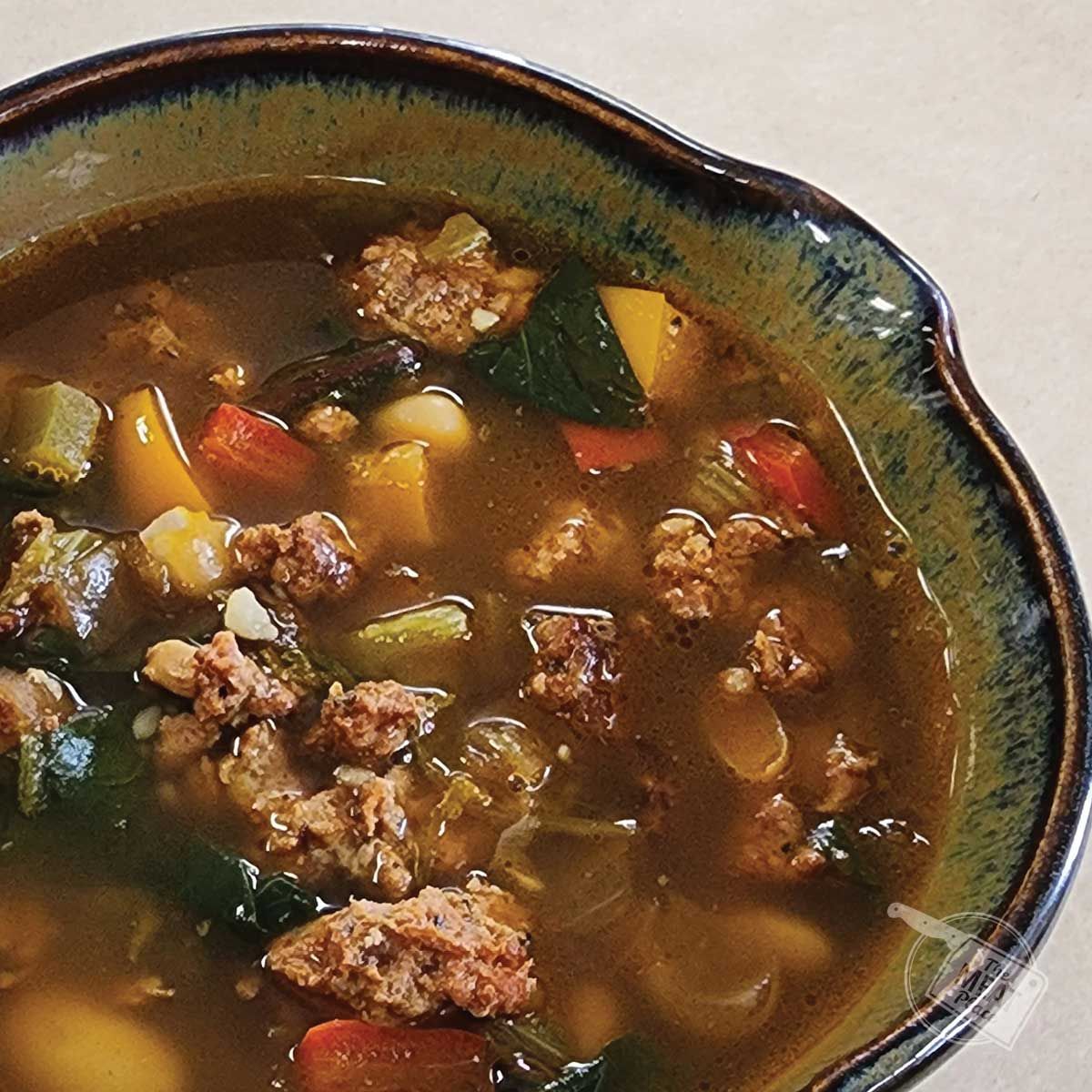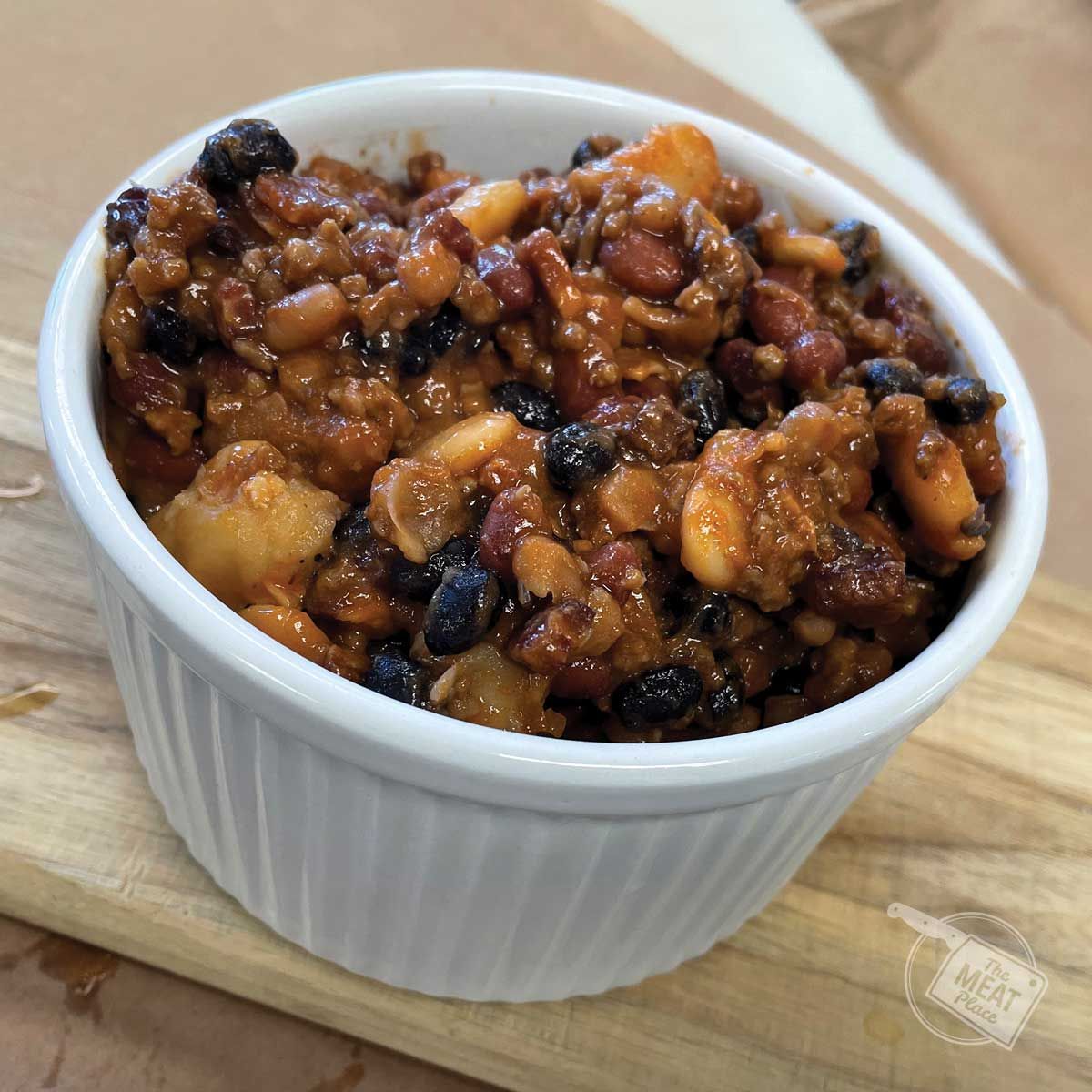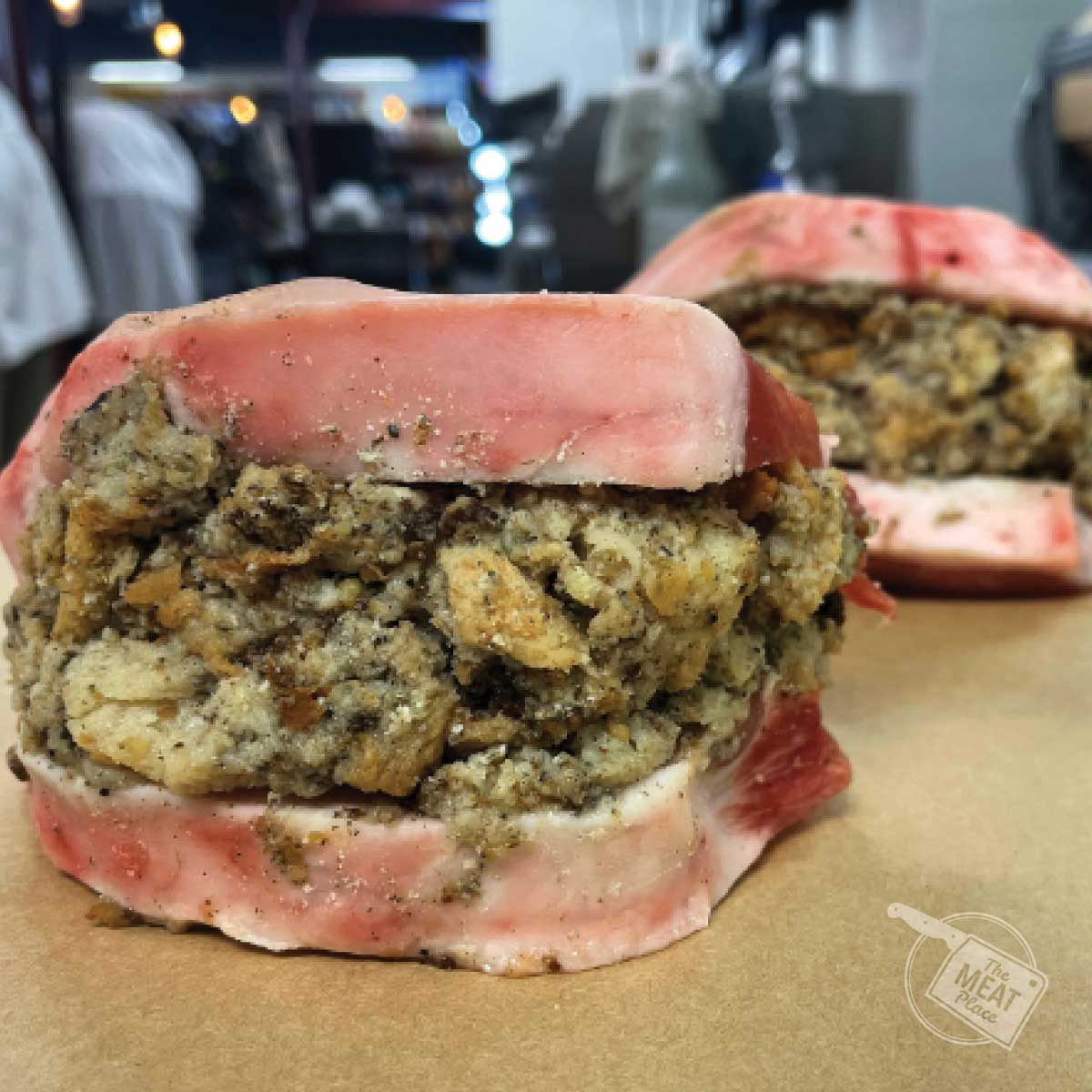How To Cook With The Reverse Sear Method.
Have you ever tried to count all the different cuts of beef in Hagberg’s meat case? Neither have we. There are a lot of them. And, like our cuts, there are almost as many methods to prepare them – from grilling to roasting to sous vide. So, is there one best way to prepare a Hagberg’s steak? Well, no. That’s up to personal preference, but here is a method that we often use at home. It results in what so many of us love in a steak – a deliciously charred crust with a juicy and tender inside. If you’re a seasoned meatatarian, you probably already know all about reverse searing. If not, here’s an easy-to-follow primer to get you deliciously down the path – in reverse.
So, what is the reverse searing method for cooking steaks? As the name suggests, reverse searing turns what many of us learned about cooking steaks upside down.
Traditionally, steaks have been cooked on one appliance – think grill, stovetop in a skillet, or oven. Rather than dropping the raw steak on a grill or skillet and cooking the steak from outside, the reverse sear does the opposite. This method involves cooking the meat to the desired doneness low and slow in the oven or on a grill first. Then, the steak is seared in a cast-iron skillet or flat-top grill to create the beautifully rich and crispy crust that we all associate with a perfectly cooked steak.
Preheat your oven to 275° F – 300° F. Rub your steak with salt and pepper to taste and place it on a wire rack on a baking sheet with sides. (You don’t want those delectable juices flowing into your oven.) Put the sheet uncovered in the center of the oven and cook for 20-30 minutes until the required doneness is achieved. Remove and tent with tin foil and rest for 5 minutes before searing and serving.
While this might seem like a lot of work to go through for a perfect steak, consider the alternative–a less-than-perfect steak, and believe us, this is worth the minimal effort.
So, why is the reverse sear so awesome? Cooking the steak slowly with a controlled oven temperature makes preparing it to your exact preferences easier. See our detailed steak doneness chart for the varying degrees of doneness. Note that you can’t rely on the inside color of the meat to determine doneness. It is best to use a meat thermometer. For reference, we suggest cooking the steak in the oven to an internal temperature of 115° F and then searing it in a cask iron skillet until it reaches the final temperature of 130° F to 145° F.
Plus, when the steak starts in the oven, the heat dehydrates its surface, priming it for the searing. With less juice on the surface area of the steak, the sear is more effective, resulting in that perfect steak crust.
And you get the extra benefit of the coveted steak drippings and juices from the oven pan to drizzle over the steak after searing.


